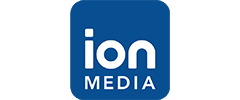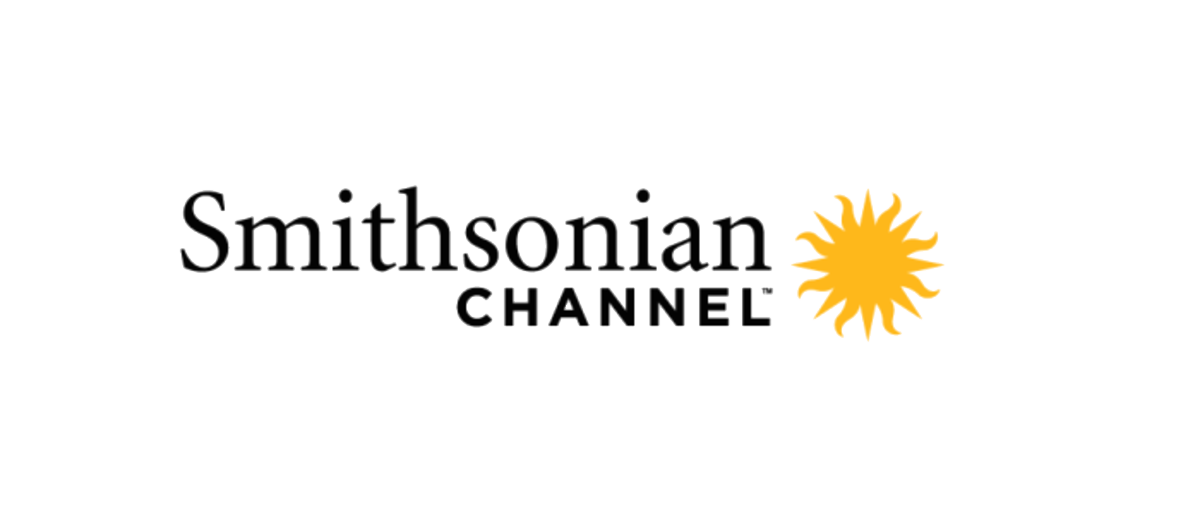It is estimated that roughly 15% of households in the city of Indianapolis do not have a broadband internet subscription. The obstacle isn’t internet access—a common misconception. High speed broadband service is available across virtually every corner of the city. In fact, Indianapolis residents have access to the same robust and reliable gigabit speeds that are available in neighboring suburbs.
The true challenge lies in getting households to adopt broadband service. There are multiple reasons that contribute to why so many households have not connected despite having access to a broadband connection.
According to a 2021 U.S. Census Bureau and National Telecommunications and Information Administration survey, among the top reasons people across the U.S. do not subscribe to Internet at home are:
- 18% of U.S. households cite cost of monthly service
- 60% of U.S. households cite a variety of complex challenges, including:
- concern over online safety, privacy and security;
- frustration over technology and lack of access to technical assistance; and
- unfamiliarity with all the opportunities the internet can provide
- 3% of U.S. households cite no computer, inadequate equipment or cost of a computer
On each of these three key fronts, there is much being done to bridge the digital divide and maximize the number of people in Indianapolis who adopt internet connectivity.
Eliminate the Cost-of-Service Hindrance
According to results of the 2021 United States Census data the median household income for residents living in Indianapolis was $54,000 per year, and 16.4% of the population lived at or below the poverty level, reinforcing there is an affordability hurdle. Combating this obstacle are several public and private programs that make broadband service more affordable—and in many cases, free—for qualifying households.
In 2021, Congress and the FCC created the Affordable Connectivity Program—formerly the Emergency Broadband Benefit—a long-term, $14 billion program that helps families and households struggling to afford internet service and connects them to critical services. Since the program’s inception, it’s estimated that more than 16 million households have enrolled in this broadband affordability program.
Even before this government support became a reality, internet providers serving Indianapolis, including Comcast, have offered heavily discounted residential broadband coupled with other key features, like router and security at no cost as well as access to millions of WiFi hotspots. Programs like these make internet adoption easy, affordable—and even free with a $30 credit toward internet service—to an ever-increasing number of Indy residents, while offering high speeds, reliable equipment, complimentary technical support, and continuing education.
We have effective government and private solutions available. Continuing to raise awareness of these programs will alleviate affordability as a contributing factor to the adoption gap allowing us to shift more focus toward the need for more equipment and education.
Get Reliable Equipment in The Hands of Those Who Need It
Another barrier to adopting broadband internet is the lack of having reliable equipment—laptops, desktops, or tablets—readily available in the home. The city of Indianapolis, numerous providers, private organizations, and nonprofits have made incredible investments and strong headway in putting donated devices in the hands of people who need them.
As with any technology, however, laptops and tablets are prone to breaking and eventually become obsolete. Hence, there is an ongoing need to put devices in the hands of the people who most need the technology. Solving this perpetual challenge will require collaboration between municipalities, nonprofits and private organizations to determine how to best allocate investments for the strongest need.
However, the use of new equipment—regardless of reliability— cannot be fully optimized if unfamiliarity with or distrust of the technology exists. Consequently, this places outsized importance on digital skills training in the community.
Improve Digital Skills & Education
One of the biggest facilitators of internet adoption is digital skills training and education, particularly around online safety and security. Thirty-two million Americans still struggle to use a computer, and 71% of adults without home broadband say they’re not interested in having it in the future. But with connected technologies becoming more important than ever in today’s internet-driven world, knowing what broadband can do and the opportunities it provides is critical to long-term economic and educational sustainability.
A myriad of service providers, community nonprofits and private organizations are laying the groundwork in building trust, but more still needs to be done to concentrate investment, boost collaboration and strengthen and build upon the digital skills and adoption initiatives already underway throughout the City of Indianapolis.
Next Steps
Bridging the digital divide is a complex issue that requires an elevated level of collaboration. As we continue refining programs and initiatives to bolster internet adoption, we need to allocate resources more effectively, look deeply at the data and understand why adoption struggles persist. While great strides have already been made in Indianapolis, more work can be done to ensure a fully connected population aligned with an increasingly digital-first world.
-By
Source: Indianapolis Busienss Journal

























